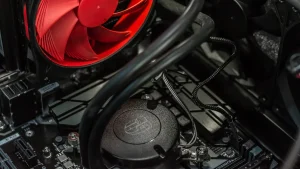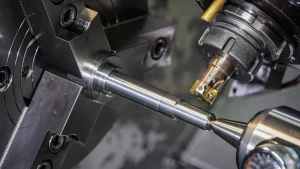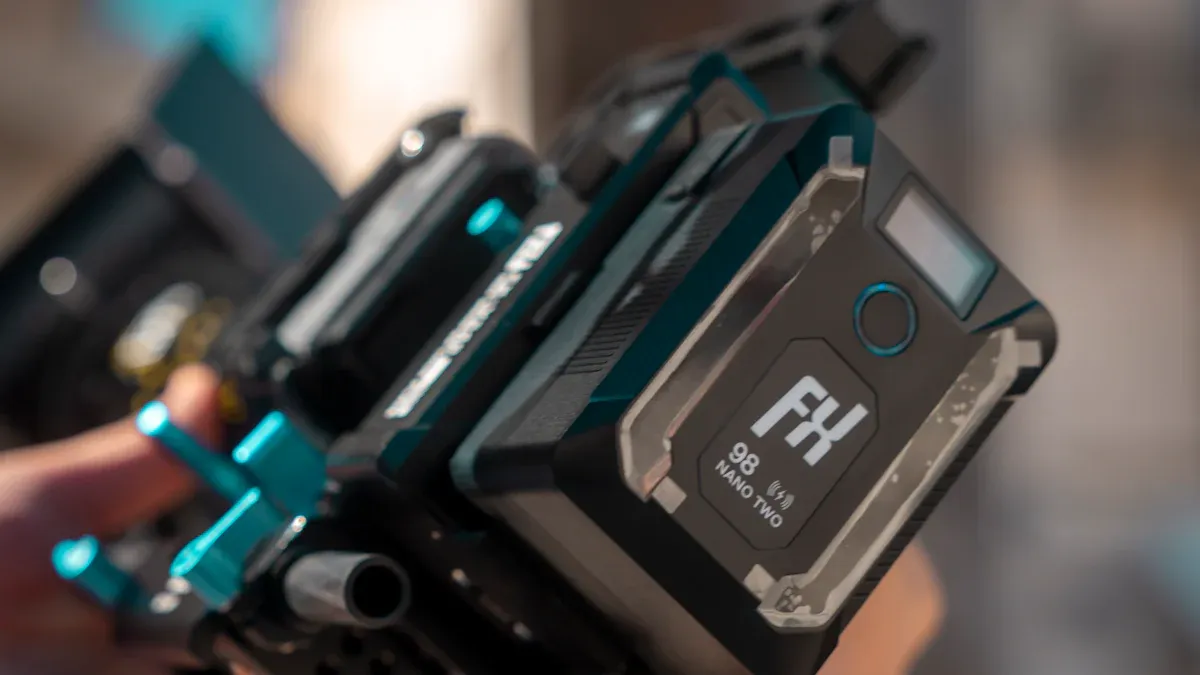
Automotive OEMs are rapidly integrating graphite electrodes into lithium-ion battery production to meet the surging demand for electric vehicles. In 2023 alone, global EV sales exceeded 13.5 million units, marking a 34% increase from the previous year. Graphite electrodes, with their superior conductivity and stability, play a pivotal role in optimizing battery performance, ensuring energy efficiency, and extending battery life. Additionally, the use of グラファイトの感受性 technology enhances thermal management in battery systems. The application of グラファイトコーティング further improves the durability of components, while シック・コーティング provides enhanced protection against wear and tear. Moreover, グラファイトのタックコーティング contributes to better adhesion and performance in various automotive applications. This adoption aligns with the automotive industry’s push toward scalable, sustainable solutions for EV technology.
要点
- Graphite electrodes help batteries work better by storing more energy. This is very important for electric cars.
- Natural graphite is cheaper, making it a good choice for car makers. It helps make more electric cars at lower costs.
- Graphite electrodes are eco-friendly. They support recycling and lower pollution from making batteries.
What Are Graphite Electrodes?
定義と構成
グラファイト電極 are cylindrical structures primarily composed of 97% to 99% carbon. This high carbon content ensures exceptional conductivity and thermal stability. Manufacturers use a combination of 78% aggregate materials, such as petroleum coke and needle coke, and 22% binder, typically coal tar pitch, to produce these electrodes. For every ton of finished グラファイト電極, approximately 1.02 tons of raw materials are required. This precise composition makes graphite electrodes indispensable in energy-intensive applications, including lithium-ion battery production.
Unique Properties for Lithium-Ion Batteries
Graphite electrodes exhibit unique properties that enhance lithium-ion battery performance. Their superior thermal conductivity, ranging from 140 to 500 W/m∙K for natural graphite and up to 1300 W/m∙K for synthetic graphite, ensures efficient heat dissipation. This property is critical for maintaining battery stability during high-energy operations. Additionally, graphite electrodes offer excellent chemical stability, which minimizes degradation over time. These characteristics make them ideal for supporting the demanding requirements of electric vehicle batteries.
Advantages Over Alternative Materials
Compared to alternative materials, graphite electrodes provide significant cost and performance benefits. Natural graphite costs approximately $2200 per ton, making it more affordable than synthetic graphite, which is two to three times more expensive. Furthermore, synthetic graphite outperforms natural graphite in thermal conductivity and long-term capacity retention. Unlike natural graphite cells, synthetic graphite cells resist irreversible expansion during cycling, ensuring better durability and efficiency in lithium-ion batteries.
The graphite electrode market continues to grow, driven by its critical role in EV battery production and other energy-intensive applications.
| 特徴: | 価値 |
|---|---|
| Projected market value by 2028 | Exceeding $20 billion |
| NEV segment market share by 2028 | 65-70% |
The Role of Graphite Electrodes in Lithium-Ion Batteries
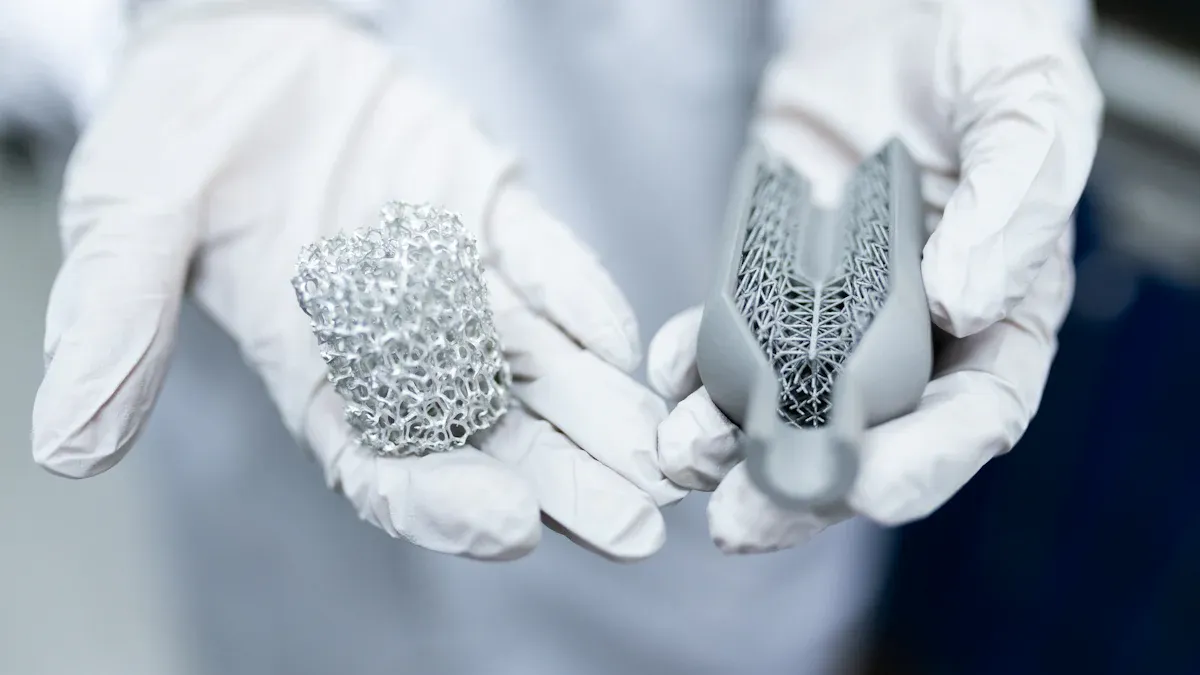
Contribution to Energy Density and Performance
Graphite electrodes significantly enhance the energy density and performance of lithium-ion batteries. Their unique properties allow for efficient energy storage and discharge, which is critical for electric vehicles requiring high power output. Research highlights several factors contributing to this improvement:
- Optimizing electrode thickness maximizes energy density without compromising performance.
- Experimental studies on NCM 622/Graphite LIB cells reveal that non-uniform reactions in thicker electrodes can be mitigated, improving active material utilization at high C-rates.
- Innovations like thick electrodes with vertical channels enhance thermodynamic control, achieving 63% capacity retention at 4C.
These advancements underscore the pivotal role of graphite electrodes in meeting the energy demands of modern EVs while maintaining efficiency.
Enhancing Battery Stability and Longevity
Graphite electrodes contribute to the stability and longevity of lithium-ion batteries by ensuring consistent performance over extended periods. Their structural integrity and chemical properties minimize degradation during repeated charge-discharge cycles. Comparative studies demonstrate their effectiveness:
| メトリック | AEG Cathode | BEG Cathode |
|---|---|---|
| Specific Capacity (mAh g−1) | 89 | 110 |
| Charge-Discharge Cycles | 10,000 | 10,000 |
| Current Density (Ag−1) | 4 | 4 |
| Discharge Voltage Plateau (V) | ~2.2 | ~2.2 |
High-defect-density graphite enhances ion intercalation kinetics, improving battery performance. Defect sites and nanovoids in the graphite structure facilitate efficient ion diffusion and reversible intercalation. These features ensure that batteries maintain their capacity and reliability over thousands of cycles, making them ideal for electric vehicles.
Supporting Fast Charging and Efficiency
Graphite electrodes play a crucial role in supporting fast charging and improving overall battery efficiency. Their superior thermal conductivity ensures effective heat dissipation, preventing overheating during rapid charging. This property allows batteries to handle high current densities without compromising safety or performance. Additionally, the chemical stability of graphite electrodes reduces the risk of side reactions, ensuring consistent energy delivery.
By enabling faster charging times and maintaining efficiency, graphite electrodes address one of the primary concerns of EV users—reducing downtime while ensuring reliable performance. This capability positions graphite electrodes as a cornerstone of advanced lithium-ion battery technology.
Why Automotive OEMs Are Adopting Graphite Electrodes
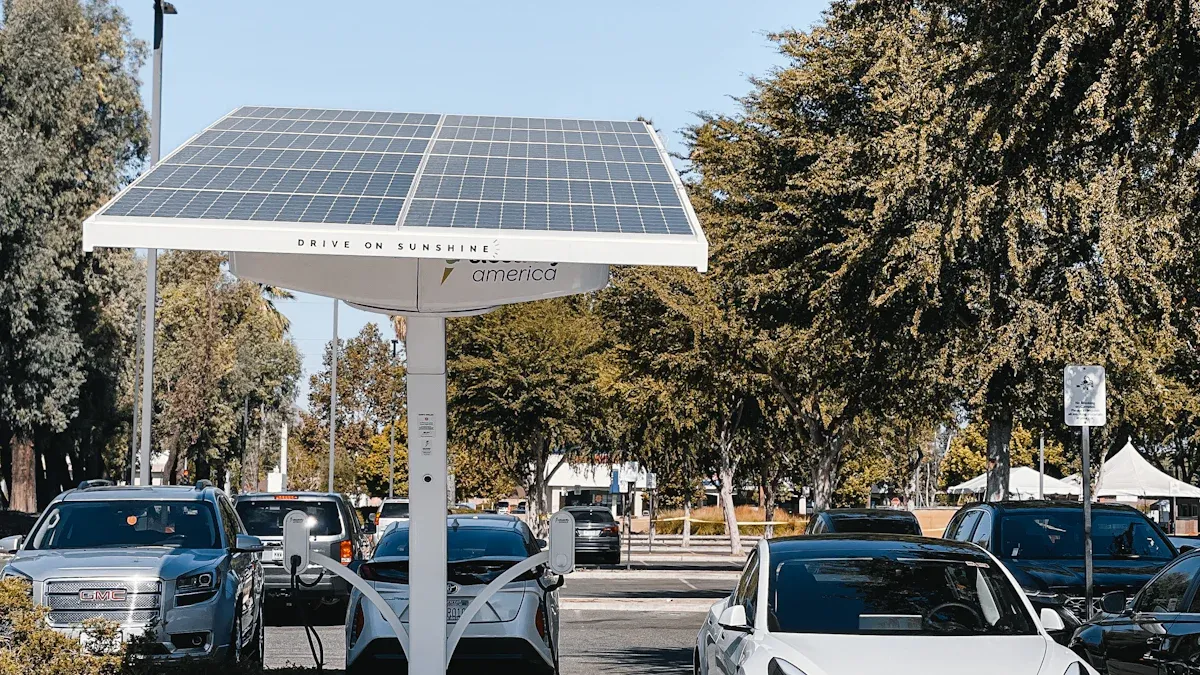
Advancing EV Technology with Graphite
Graphite electrodes are revolutionizing electric vehicle (EV) technology by enhancing the performance and reliability of lithium-ion batteries. As the primary material for anodes, graphite ensures stability during charge and discharge cycles, which is critical for battery longevity. This stability allows EVs to deliver consistent energy output over extended periods, meeting the demands of modern transportation.
The growing adoption of graphite electrodes is also driven by their ability to support advanced battery designs. While silicon is being introduced in some cutting-edge batteries, graphite remains indispensable due to its superior chemical and structural properties. These qualities make it a cornerstone of EV battery technology, ensuring that vehicles can achieve optimal energy storage and efficiency.
- The demand for graphite is increasing rapidly, fueled by the rise in EV production and renewable energy adoption.
- Graphite electrodes play a vital role in energy storage systems, which are essential for integrating renewable energy into the grid.
- The market for graphite technology is expanding as industries seek efficient and scalable energy solutions.
By leveraging graphite electrodes, automotive OEMs are advancing EV technology to meet the growing expectations of consumers and regulators alike.
コスト効果とスケーラビリティ
Graphite electrodes offer a cost-effective solution for automotive OEMs aiming to scale EV production. Natural graphite, priced at approximately $2200 per ton, provides an affordable option for battery manufacturing. Synthetic graphite, while more expensive, delivers superior performance in terms of thermal conductivity and durability. This balance between cost and performance makes graphite electrodes an attractive choice for large-scale production.
The scalability of graphite electrode technology is another key advantage. High-purity graphite disk electrodes, fabricated using cost-effective materials, have demonstrated exceptional reliability in electrochemical applications. These electrodes exhibit high porosity and efficient electron transfer, outperforming standard commercial alternatives.
- The assembly of membranes under high mechanical pressure reduces contact resistance, enhancing efficiency.
- Rapid cycles with short periods allow for power recovery close to maximum instantaneous power, supporting high flow rates.
- Innovations in microfluidic technologies are addressing scalability challenges, ensuring that graphite electrodes can meet the demands of mass production.
By adopting graphite electrodes, automotive OEMs can achieve both cost efficiency and scalability, enabling them to produce EVs at a competitive price point.
Aligning with Sustainability and Recycling Goals
Sustainability is a top priority for the automotive industry, and graphite electrodes align perfectly with this objective. Their role in lithium-ion batteries supports the transition to cleaner energy sources, reducing the carbon footprint of transportation. Additionally, graphite electrodes contribute to the development of energy-efficient manufacturing processes, such as electric arc furnaces used in steel production.
The recyclability of graphite electrodes further enhances their appeal. Innovations in recycling technologies are enabling the recovery and reuse of graphite materials, minimizing waste and conserving resources. This aligns with the circular economy model, which emphasizes the importance of reusing materials to reduce environmental impact.
- The graphite electrode market is growing due to its applications in sustainable energy and manufacturing.
- Electric vehicle sales surpassed 10 million in 2022, highlighting the increasing demand for eco-friendly transportation solutions.
- Automotive OEMs are leveraging graphite electrodes to meet stringent environmental regulations and achieve their sustainability goals.
By integrating graphite electrodes into their operations, automotive OEMs are not only advancing EV technology but also contributing to a more sustainable future.
Challenges and Solutions in Using Graphite Electrodes
Addressing Supply Chain Constraints
The production of graphite electrodes faces significant supply chain challenges, including raw material price volatility and geopolitical factors. Needle coke, a critical component, experienced a price surge to $3,200 per ton in 2022, a 48% increase from 2020. This rise has strained production budgets for manufacturers. Geopolitical tensions, such as G7 sanctions, have further extended lead times by 22% for European producers, forcing smaller manufacturers to cut output by up to 20%.
To mitigate these issues, manufacturers are adopting innovative strategies. For instance, ultra-high-power (UHP) electrode producers now blend 15-20% recycled graphite into their products. This approach reduces dependency on new materials, though it requires stringent quality control measures. Additionally, regulatory adaptations, such as compliance with the EU’s Carbon Border Adjustment Mechanism (CBAM), are helping manufacturers align with environmental standards while managing costs.
Innovations in Recycling and Reuse
Recycling technologies for graphite electrodes have advanced significantly, addressing both economic and environmental concerns. Dry and wet operations using PA6 brushes have demonstrated high decoating efficiency, achieving 98.6% material recovery within 10 minutes. However, brass filament brushes remain unsuitable due to copper abrasion risks. Semi-automated setups now enable continuous recycling operations, improving stability and throughput.
Further innovations focus on purifying and re-graphitizing recovered materials. These processes enhance the usability of recycled graphite, reducing waste and supporting a circular economy. Sustainable practices throughout the battery lifecycle are also gaining traction, ensuring that graphite electrodes contribute to eco-friendly energy solutions.
Overcoming Technical Barriers in Production
Technical barriers in graphite electrode production often stem from wear and inefficiencies during use. Advanced manufacturing techniques are addressing these challenges. For example, integrating digital technologies like sensors and data analytics into electric arc furnace (EAF) processes has improved electrode efficiency and reduced wear. These innovations extend electrode lifespan and lower consumption rates.
Continuous research has also enhanced the electrochemical performance of graphite electrodes. Studies show that graphite outperforms nickel-stainless steel in energy density due to its ability to widen cell voltage. Increased capacitance, driven by redox reactions, further validates graphite’s role as a superior current collector. These advancements ensure that graphite electrodes remain a cornerstone of lithium-ion battery production.
Graphite electrodes are essential for producing high-performance lithium-ion batteries, driving advancements in EV technology. The EV battery market, projected to reach $251.33 billion by 2030, highlights their pivotal role. Innovations in graphite anodes enhance energy storage and cycle life, meeting demands for longer ranges and faster charging. Ningbo VET Energy Technology Co. leads in delivering high-quality graphite solutions.
よくあるご質問
What makes graphite electrodes essential for lithium-ion batteries?
Graphite electrodes provide superior conductivity, thermal stability, and chemical resistance. These properties enhance battery performance, energy density, and longevity, making them indispensable for electric vehicle applications.
グラファイト電極は、持続可能性にどのように貢献しますか?
Graphite electrodes support sustainability by enabling efficient energy storage and promoting recycling. Advanced recycling technologies recover and reuse graphite materials, reducing waste and conserving natural resources.
Are graphite electrodes cost-effective for EV production?
Yes, graphite electrodes offer cost-effective solutions. Natural graphite is affordable, while synthetic graphite delivers high performance. This balance ensures scalability and competitive pricing for electric vehicle manufacturers.

